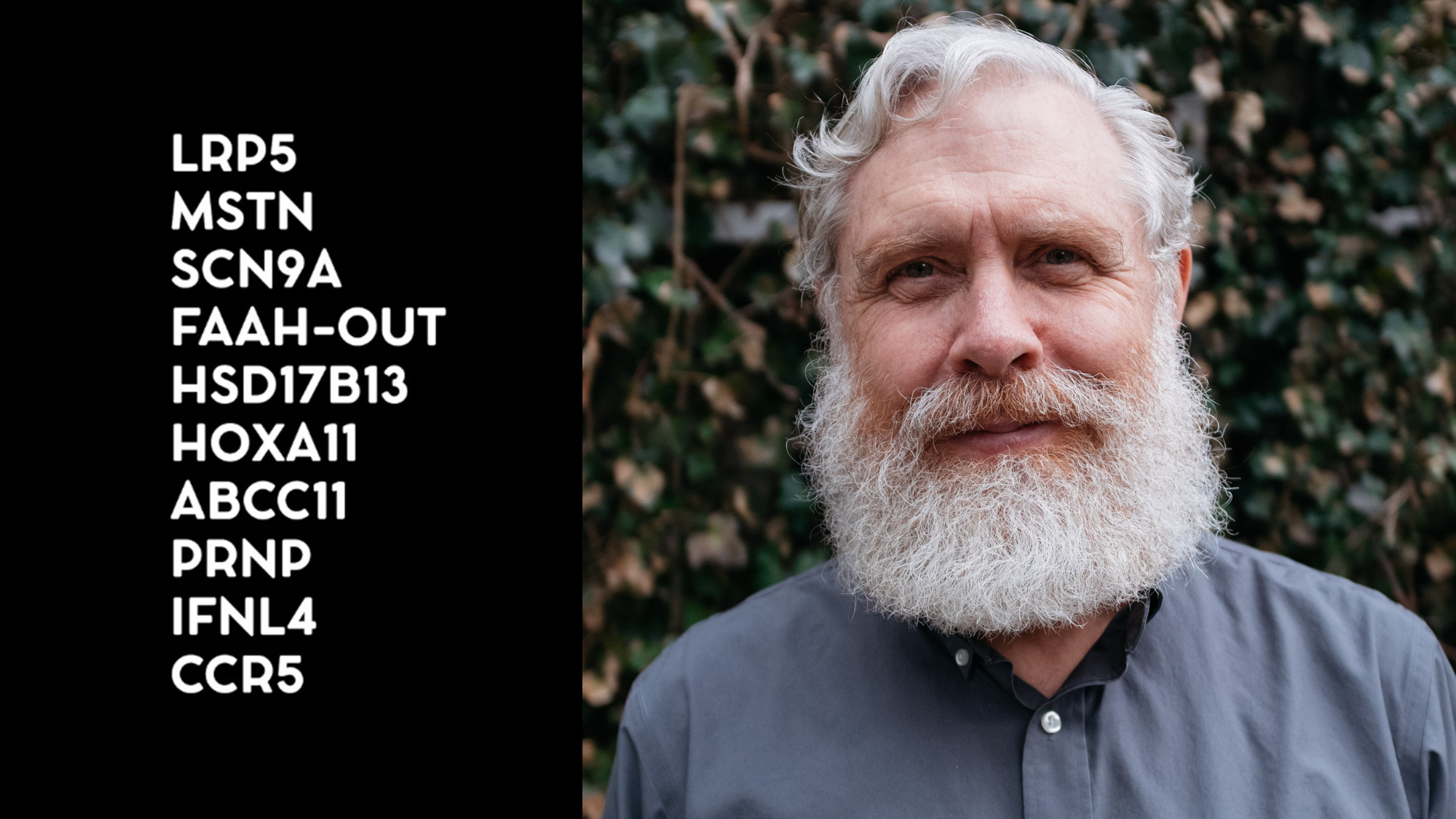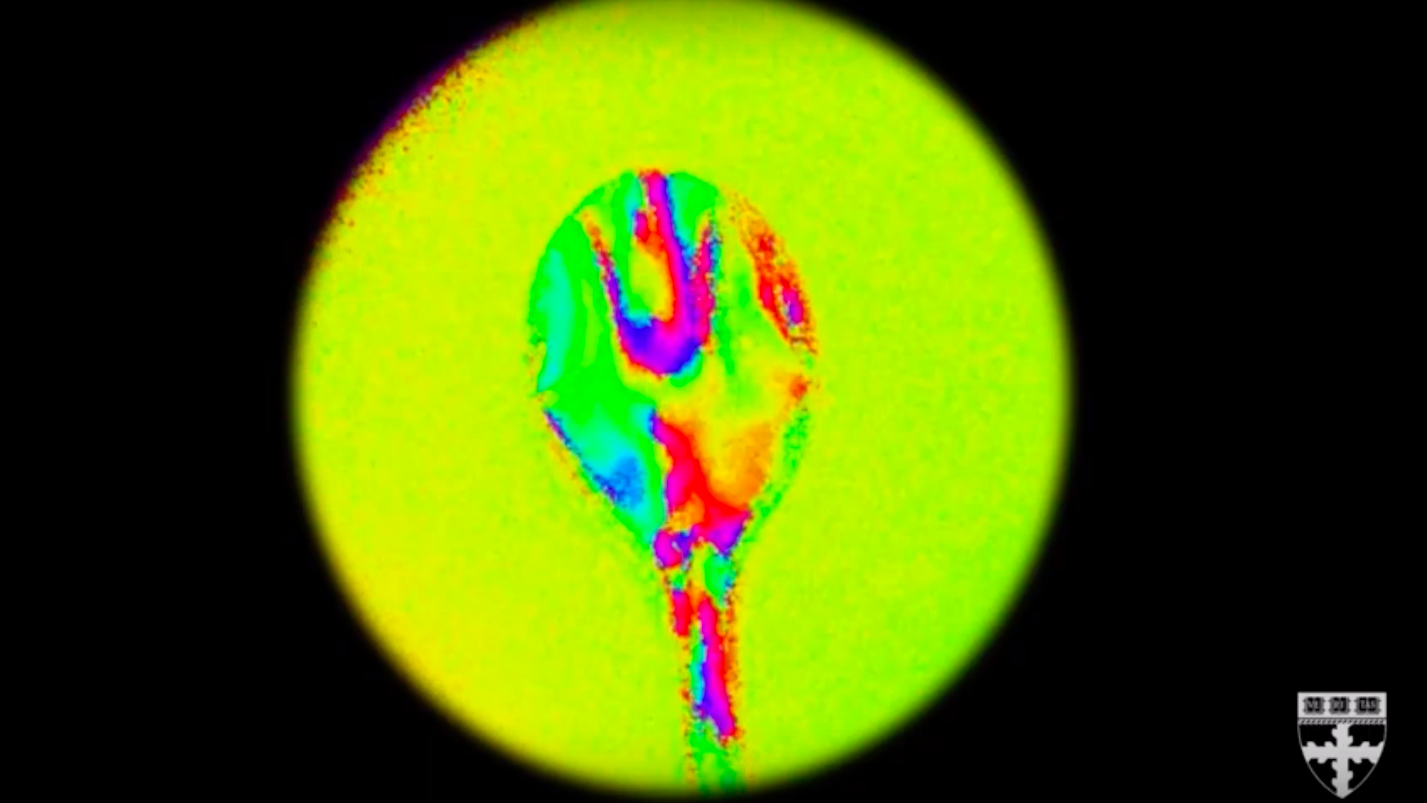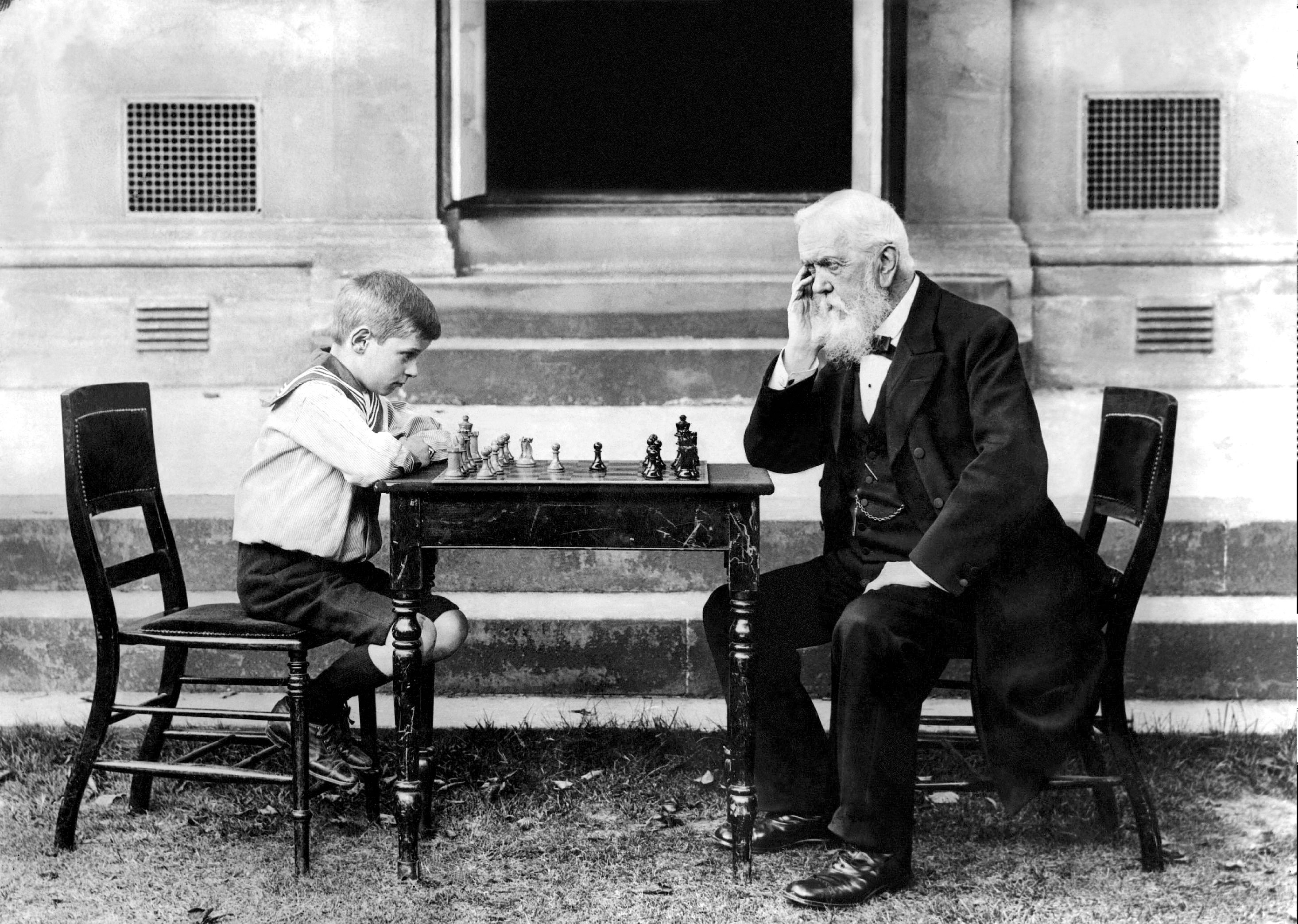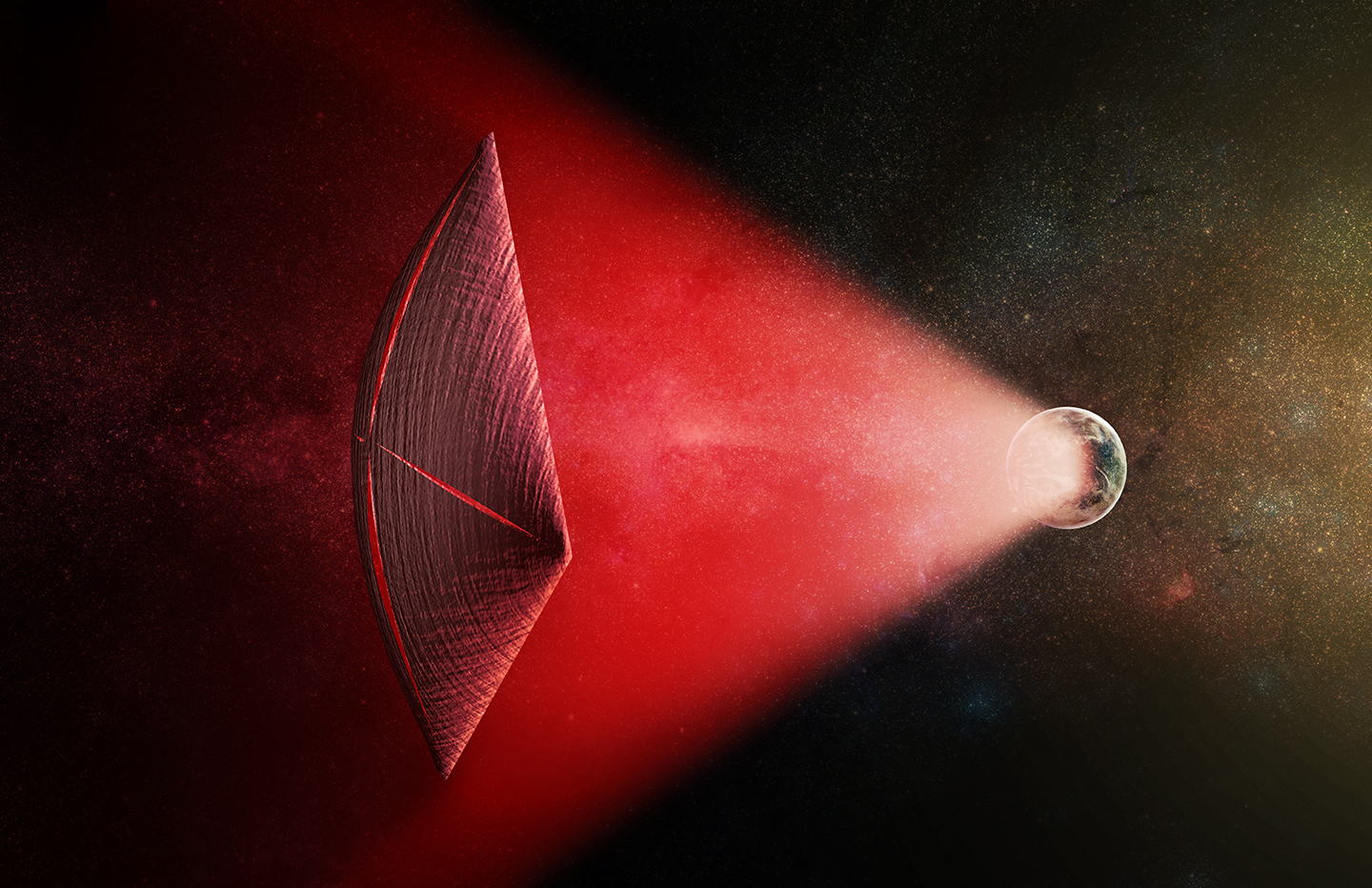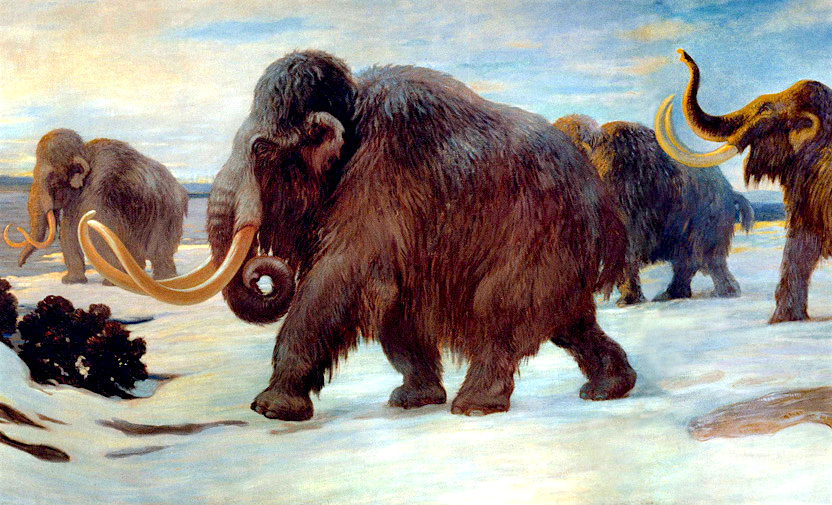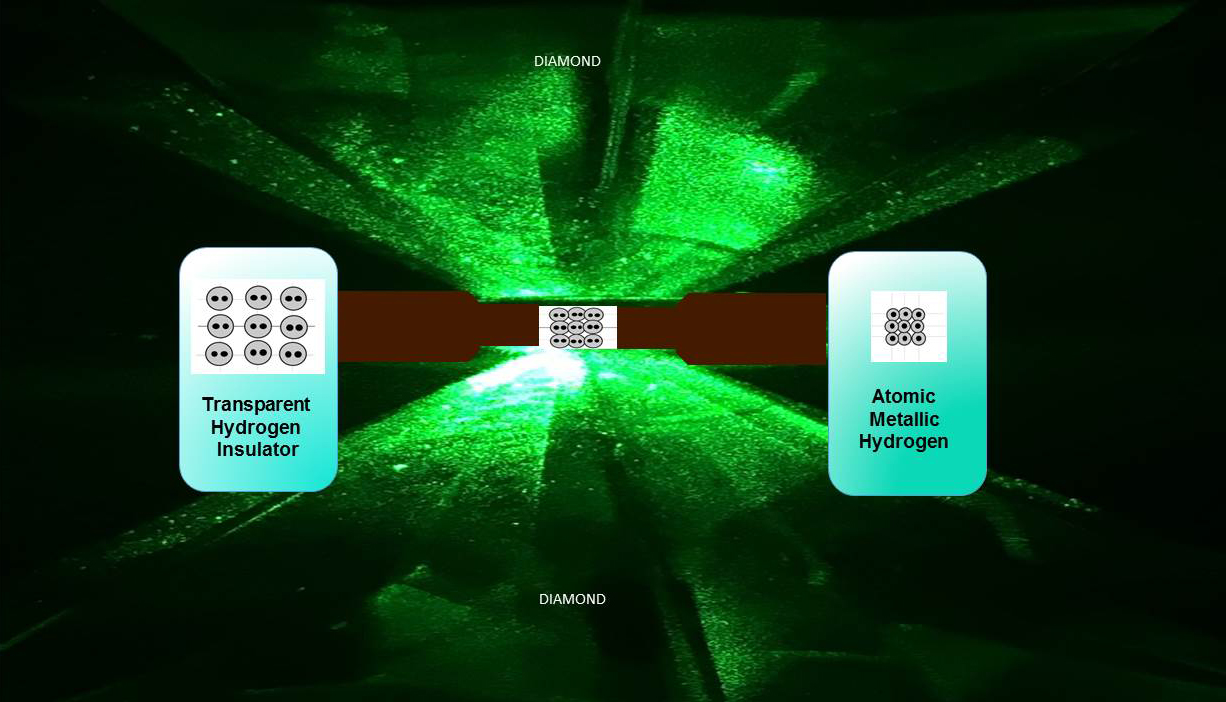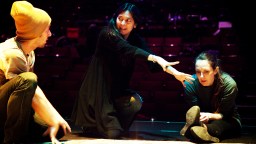harvard university
Researchers from Harvard receive permission for a test that may help cool Earth and fight global warming.
Professor George Church creates a gene “wishlist” that can lead to superhuman abilities.
Harvard engineers make a breakthrough polarization camera.
A new study by planetary scientists proposes a giant new space object which could have formed the Earth and the moon.
Cognitive abilities peak at varying ages, say researchers from MIT and Harvard.
Harvard scientists propose how mysterious Fast Radio Bursts from outer space could actually be powering the spacecrafts of an advanced alien civilization.
Harvard scientists say they are two years away from creating a hybrid embryo with mammoth traits.
Scientists from Harvard University claim to have created metallic hydrogen, a new metal with revolutionary potential applications.
Director Diane Paulus delivers a crash course in team dynamics, how to nurture creativity, and the importance of obsession in a good leader.
▸
13 min
—
with
A Harvard University study of women finds a link between optimism and risks of dying from a number of diseases.
Democracy needs a new PR team. Polls about the way US millennials view democracy seem shocking, but analyzing their reasoning brings about an unsettling truth.
Harvard University offers a free course on Buddhist scriptures.
Harvard bioethics specialist Glenn Cohen considers the complex question of whether humans should mix their genetic material with other animals to create chimeras.
▸
6 min
—
with
The happiest moments of our lives are when we lose ourselves – in art, in exercise, in love. According to Harvard’s Diane Paulus, being able to ‘play’ and engage in something outside of ourselves is a valuable respite from our egos.
▸
4 min
—
with

